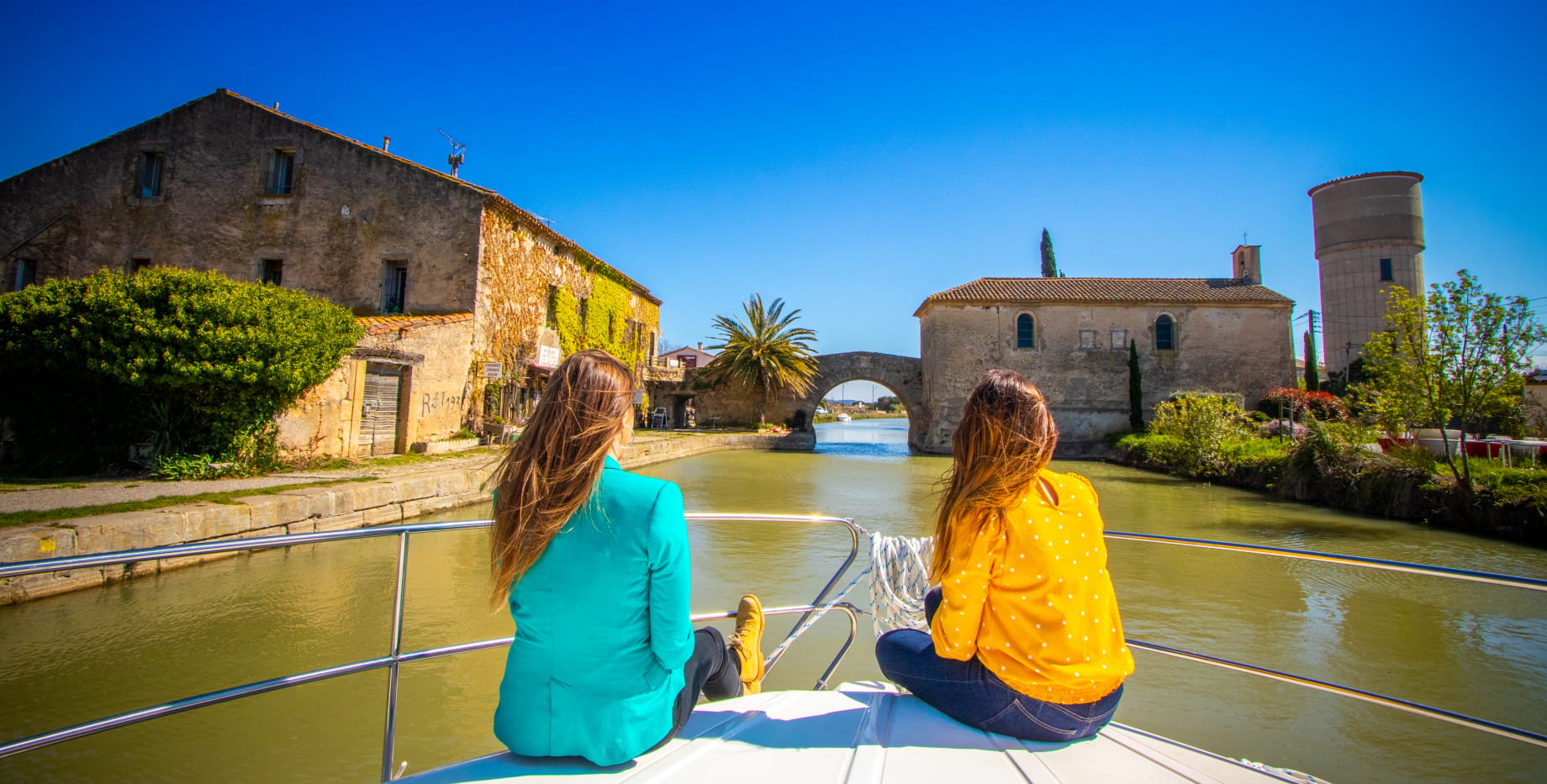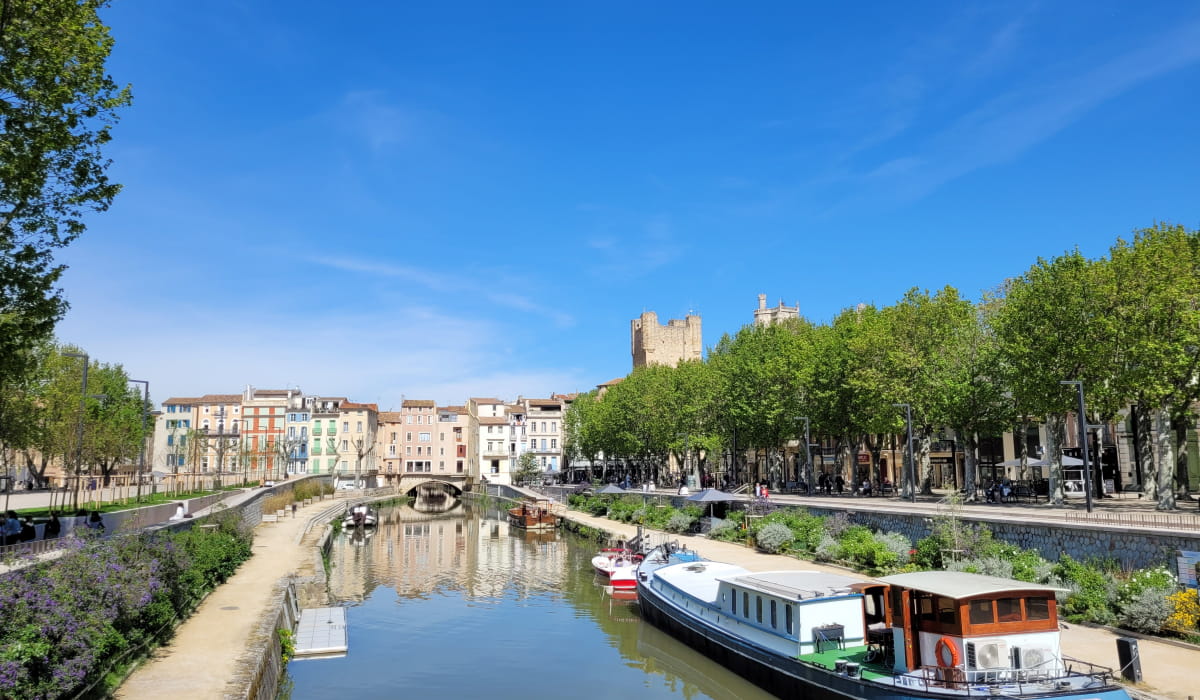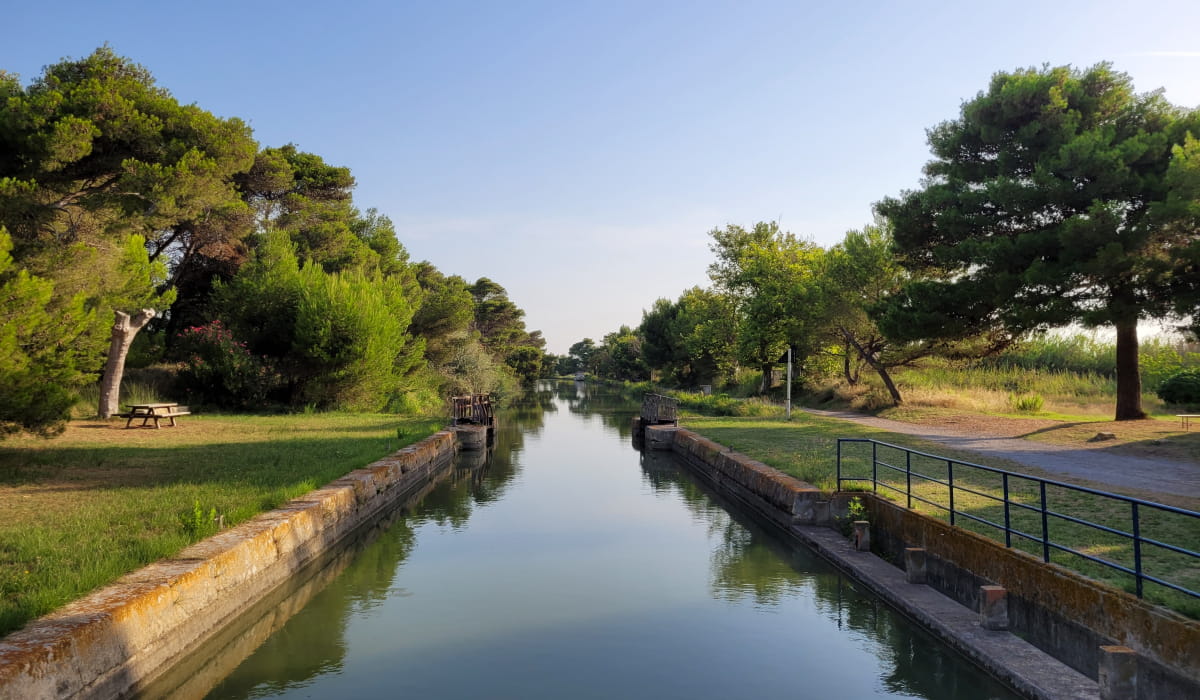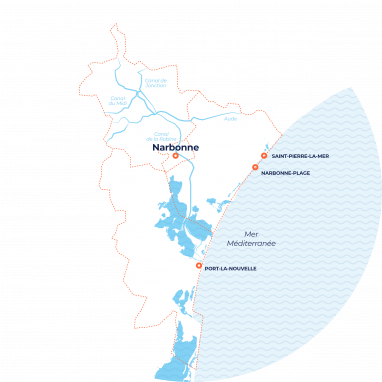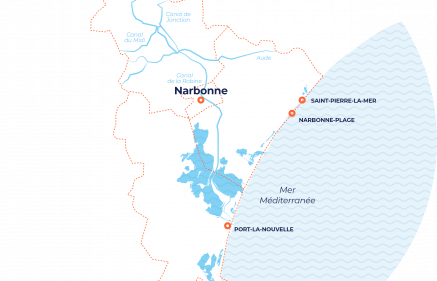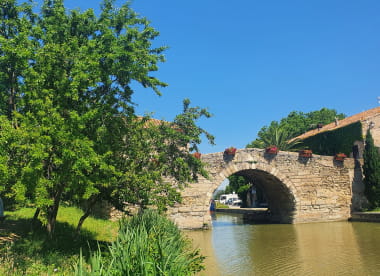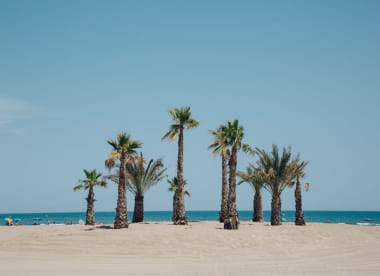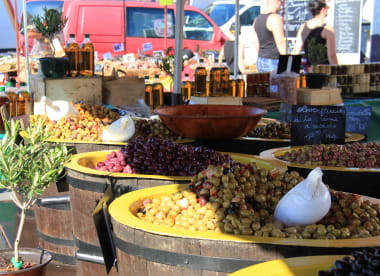The canal du Midi
Undertaken in the 17th century by Pierre-Paul Riquet to link the Atlantic to the Mediterranean, the Canal du Midi, a fabulous life line between men, and trade line between regions, is today enjoyed by boaters and tourists!
A listed UNESCO World Heritage Site since 1996, with its 240 km of navigable waterways linking Toulouse to the Mediterranean sea, and more than 300 structures – locks, aqueducts, bridges and tunnels, the canal is one of the most extraordinary civil engineering achievements of the modern era, paving the way for the industrial revolution. On the Côte du Midi, it crosses through the delightful villages of Ventenac-en-Minervois, Somail and Argeliers, and features magnificent works of engineering such as the canal bridge of La Cesse towards Mirepeisset, or that of Le Répudre between Paraza and Ventenac.


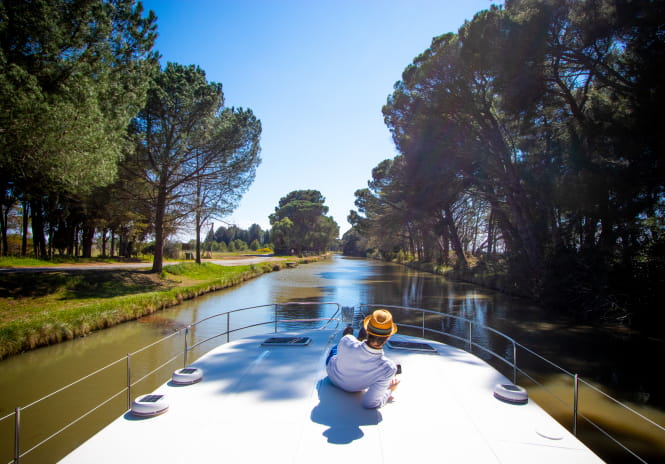

History of the Royal Canal
Before taking the name of "Canal du Midi", it was initially referred to as the "Canal Royal" then the "Canal du Languedoc". Devised by Pierre-Paul Riquet, this waterway was dug between 1666 and 1681. It is the second canal in French history after the Canal de Briare!




Le Somail
Before it became a marina, from the 17th to the 19th century Le Somail was an important trade and passenger port, with no less than 28,000 passengers in 1831! A unique atmosphere reigns in the port of Somail, where everything has remained the same since the 17th century.
Take some time to visit the icehouse, the bridge, admire the boats that come and go along the canal, or the geese and ducks that paddle in front of the outdoor terraces... A delight not be missed!


